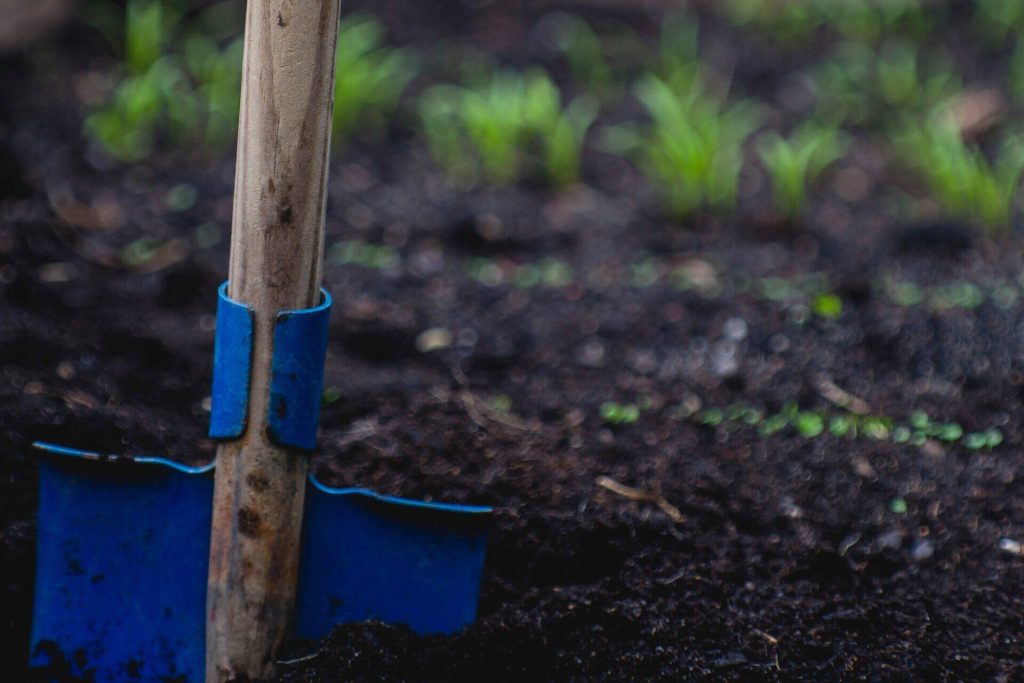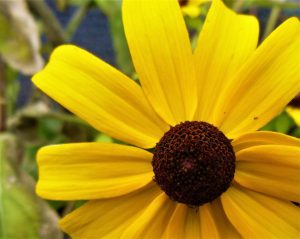Clay Soil: A Sticky Situation

What is clay soil? Basically, it is heavy, sticky soil made of very fine particles of minerals that pack together tightly. How do you know if you have clay soil? Grab a bit of slightly damp soil in one hand and close your fingers around it, squeezing it into a lump. Now open your hand up. Does the lump maintain its shape? If it feels somewhat solid and does not easily fall apart if you poke it with your finger, you probably have clay soil.
The good news is that clay soil usually has a lot of nutrients in it, although without a little help plants may have a hard time accessing them. The bad news is that plants have a hard time growing roots through the dense soil, and, since clay retains water, their roots can sometimes rot. Essentially, some plants do not grow well in clay soil, but there are many that do, especially with a little help.
What can you do if you have clay soil in your garden? First off, keep your soil from getting even more compacted. Do not drive heavy equipment over the soil. In fact, try not to walk on it, especially in the spring or after a rain. Till your garden soil only when you must, as over-tilling compacts it too. You can also repair some compaction by aerating your soil with a special tool called a plug aerator.
Second, add lots and lots of organic matter to your soil. This breaks up the clay and makes the soil more workable. It also improves drainage, adds nutrients, improves access to existing nutrients, and encourages earthworm activity. Worms aerate soil naturally as they tunnel through it. If you are starting a new garden bed, you can easily add compost before you till the soil. If you are working with an established bed, it is a little harder. You will need to lay down organic matter around each plant. If you can work it into the soil that’s best, but if not, simply cover it with mulch. It will work its way down in time. And if you mulch yearly with organic matter like wood chips, over time it will decompose and help the process along too. As an alternative, consider creating a raised garden bed where you can choose the right soil for your plants.
Last, it is always a good idea to grow things that are known to thrive in the conditions you have. You would not expect a plant that needs full sun to do well in the shade. Likewise, know which plants either love or hate clay soil and plant accordingly.

If you enjoy perennials, you are in luck. There are many perennial flowers that do great in clay soil. You can grow ajuga, allium, aster, astilbe, balloon flower, baptisia, bee balm, bluestem grasses, butterfly weed, clematis, coneflower, coral bells, daylily, geranium, ferns, helenium, heliopsis, hosta, iris, ivy, Japanese anemone, liatris, ligularia, milkweed, miscanthus grass, perovskia, pulmonaria, rudbeckia, solidago, switch grass, vinca, woodland phlox, and yarrow, among others.
You are not limited to perennials, though. Annuals that do well in clay soil are canna lilies, lantana, marigolds, petunias, salvia, and verbena. Vegetables that like clay include beans, Brussels sprouts, cabbage, cauliflowers, chard, kale, lettuce, onions, peas, potatoes, pumpkins, and squash. You can also grow trees and shrubs like arborvitae, burr oak, dogwood, honey locust, hydrangea, lilacs, magnolia, ninebark, roses, river birch, roses, silver maple, swamp white oak, and weigela.
We carry many of the plants listed above, as well as leaf compost, topsoil and bark. Perennials are available at our self-service store on Main St. in Albany all summer, as well as any remaining annuals and vegetables. Call 608-882-0501 for mulch, soil, and compost as well as trees and shrubs. And as always, if you have questions about your soil, or what plants are best suited for your conditions, do not hesitate to ask us. We are always here to help.
